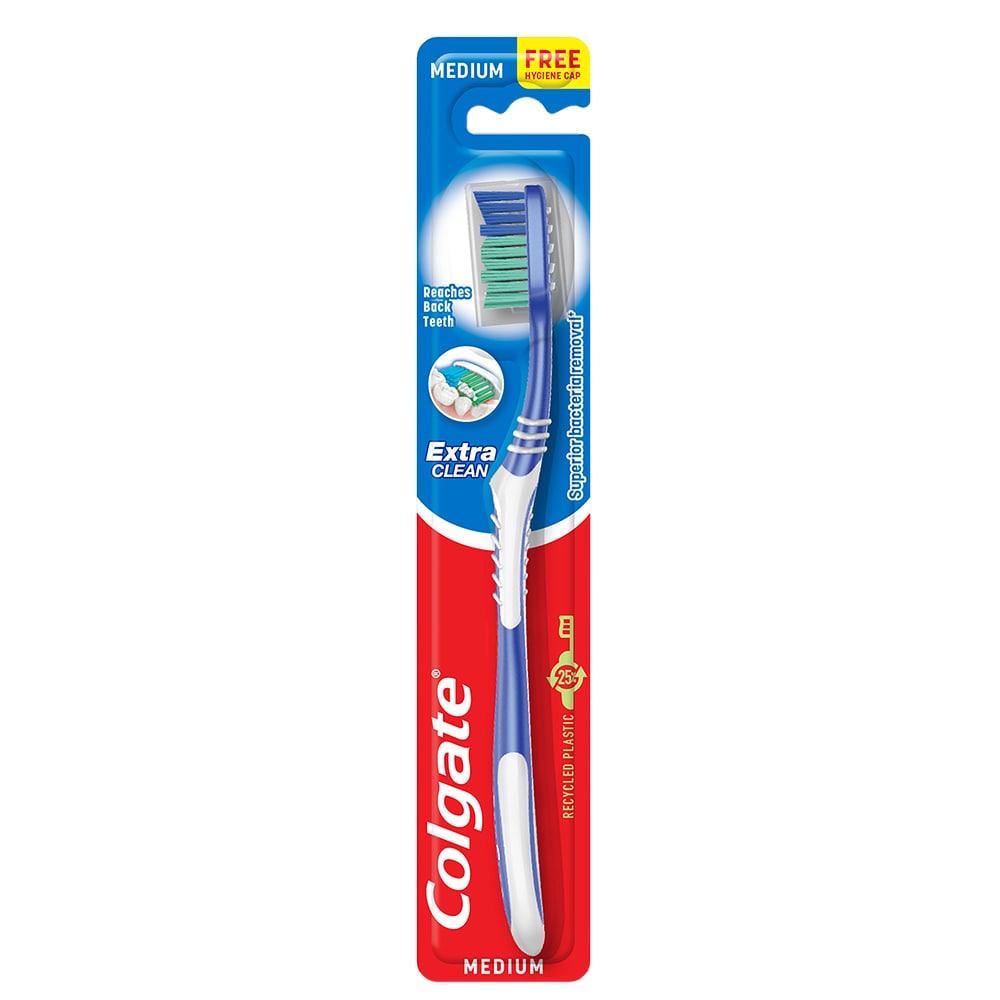How To Heal Bone Fragments In Gums? Pain Relief Tips

Healing bone fragments in the gums, a condition often resulting from a tooth extraction or other oral surgeries, can be a painful and frustrating experience. The presence of these fragments, also known as bone sequestra, can lead to discomfort, swelling, and even infection if not properly addressed. Managing the pain and facilitating the healing process requires a combination of professional dental care and self-care practices. Here, we will explore the steps and tips to help alleviate pain and promote healing when dealing with bone fragments in the gums.
Understanding Bone Fragments in Gums
Before diving into the solutions, it’s essential to understand what bone fragments in the gums are and why they occur. During a tooth extraction, pieces of the bone that hold the tooth in place can sometimes break off and become trapped in the gum tissue. These fragments can cause irritation and pain, and if they work their way to the surface, they can be visible or felt as hard, grainy pieces.
Professional Dental Care
The first step in addressing bone fragments in the gums is to consult a dentist. They can assess the situation and provide guidance on the best course of action. In some cases, the fragments may need to be surgically removed, especially if they are large or causing significant discomfort. However, smaller fragments may be left to work their way out naturally, with the dentist monitoring their progress and the patient’s comfort level.
Pain Relief Tips
Managing pain is a crucial aspect of healing and recovery. Here are some tips to help alleviate discomfort caused by bone fragments in the gums:
Cold Compresses: Applying a cold compress to the affected area can help reduce swelling and ease the pain. Wrap an ice pack or even a bag of frozen peas in a cloth and apply it to the cheek near the affected gum area for 15-20 minutes at a time.
Pain Medication: Over-the-counter pain relievers such as ibuprofen (Advil, Motrin) or acetaminophen (Tylenol) can help manage pain and reduce inflammation. Always follow the recommended dosage instructions.
Salt Water Rinses: Rinsing your mouth with warm salt water several times a day can help reduce swelling, ease pain, and fight infection. Mix 1⁄2 teaspoon of salt with 8 ounces of warm water and swish it around your mouth before spitting it out.
Soft Food Diet: Eating soft, cool foods can help minimize discomfort. Avoid hot, spicy, or hard foods that can irritate the gums further.
Good Oral Hygiene: Keeping the mouth clean is vital for healing. Gently brush your teeth with a soft-bristled toothbrush and fluoride toothpaste, and floss carefully around the affected area to prevent infection.
Promoting Healing
In addition to pain management, there are several strategies to promote the healing of the gum tissue:
Rest: Give your body time to heal by getting plenty of rest and avoiding strenuous activities.
Nutrition: Eating a balanced diet rich in vitamins, minerals, and proteins can support the healing process.
Hydration: Staying well-hydrated is essential for overall health and can help your body recover from oral surgery or trauma.
Avoid Irritants: Avoid smoking and tobacco products, as they can significantly delay healing and reduce blood flow to the gums, exacerbating the condition.
Follow-Up Appointments: Regular check-ups with your dentist are crucial to monitor the healing progress and address any complications early on.
Frequently Asked Questions
How long does it take for bone fragments in the gums to heal?
+The healing time can vary significantly depending on the size and location of the bone fragments, as well as the individual's overall health. In some cases, small fragments may work their way out within a few weeks, while larger pieces may require surgical removal and a longer recovery period.
Can bone fragments in the gums lead to infection?
+Yes, if not properly managed, bone fragments can lead to infection. Signs of infection include increased pain, swelling, redness, fever, and pus. If you suspect an infection, contact your dentist immediately.
How can I prevent bone fragments from occurring in the first place?
+
Conclusion
Dealing with bone fragments in the gums requires patience, proper care, and professional guidance. By understanding the condition, managing pain effectively, and promoting healing, individuals can navigate this challenging situation. Remember, each person’s healing process is unique, and what works for one may not work for another. Always consult with a dental professional for personalized advice and care to ensure the best possible outcome.

